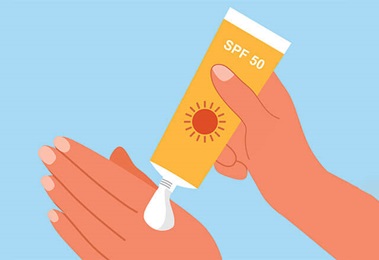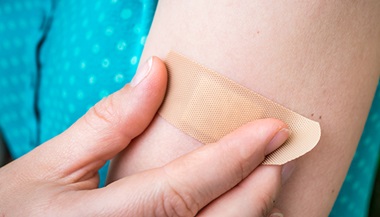Hair Loss in Black Women: Tips from an Expert
Reviewed By:
Almost half of black women experience some form of hair loss. However, few doctors are familiar with black hairstyling practices, leaving many women to sort through unhelpful — or even harmful — advice on their own.

Dermatologist Crystal Aguh, one of just a small group of dermatologists across the country specializing in hair loss, offers these tips to help women protect their hair and recognize common warning signs of hair loss.
What steps can I take to prevent or slow hair loss?
Unfortunately, certain types of hair loss are genetic, and very little can be done to prevent them. Genetic types of hair loss include alopecia areata and female pattern hair loss.
But other types of hair loss (including generalized hair shedding) can be brought on by stress and a poor diet. Do your best to eat a balanced diet, and find ways to take care of your mental health.
For added benefit, stay up to date with your routine checkups. Anemia, low levels of vitamin D and abnormal thyroid hormones can all affect the health of your hair. Simple bloodwork from your primary care physician can determine if these conditions are contributing to your hair loss.
Black women in particular are prone to a type of hair loss called traction alopecia, which is caused by heat, chemicals and tight styles that pull at the hair root, including some braids, dreadlocks, extensions and weaves.
What can I do about traction alopecia?
To protect your hair from traction alopecia and prevent further damage:
- Ask your stylist to create looser braids or dreadlocks.
- If you have braids, remove them after three months.
- If you wear a weave or hair extensions, remove them after eight weeks.
- If you have relaxed or dyed hair, make sure these treatments are applied by a professional. If you still notice breakage or hair shedding, avoid chemical treatments completely.
- Minimize (or completely avoid) heat styling, including hair dryers, flat irons and curling irons. These wear out the hair and can lead to major hair loss.
What are the warning signs of hair loss?
It can be hard to tell if you’re losing hair — especially if your hair loss happens gradually.
Instead, you may notice that your ponytails don’t feel as thick, or that your scalp is more visible.
If you’re unsure, ask your stylist (preferably someone who has known you for some time) if they have noticed any differences. This is especially important for women who are experiencing hair loss in areas that are difficult to see without someone else’s help, such as the top of the scalp.
If you or your stylist suspect hair loss, make an appointment with a dermatologist. Generally, the sooner you act, the more hair you can save.






